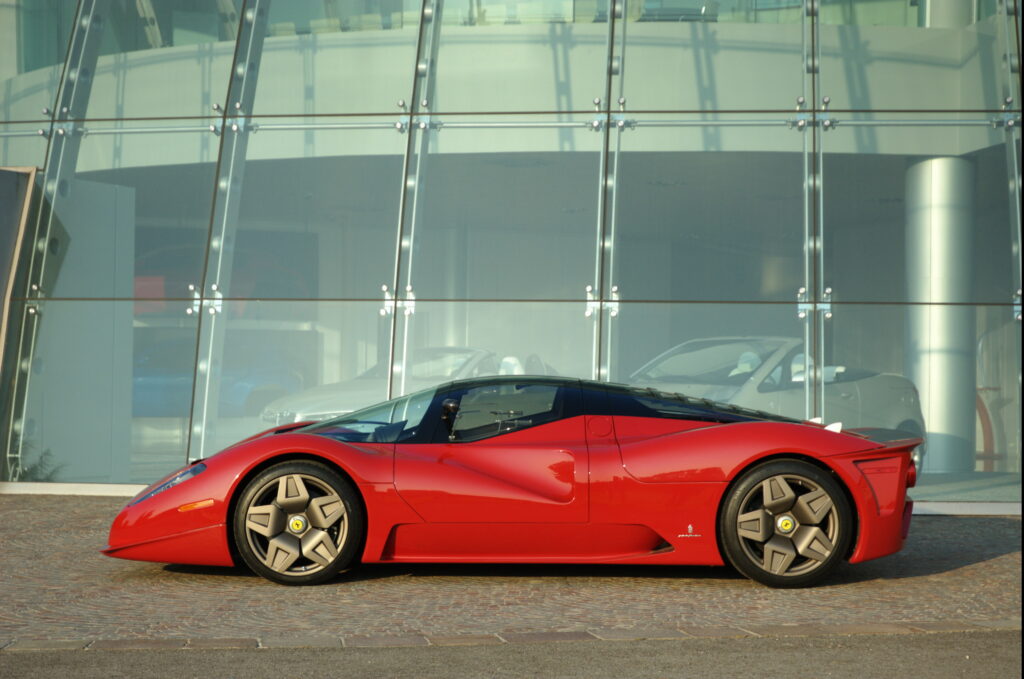
Italian craftsmanship is famous for its great attention to detail and unmatched skill. This is especially true in custom bodywork. From well-known brands to small workshops, custom Italian car design continues to lead the way. It’s a blend of precision, creativity, and a strong knowledge of both engineering and beauty. If you have some free time, check out playamo casino for the latest slot games online.
The Tradition of Italian Car Design
Italian car design has a rich history based on tradition. Since the early 1900s, Italian car makers have led the way in making cars that are both useful and beautiful. Brands like Ferrari, Maserati, and Lamborghini are well-known for their stunning designs that push the limits of what cars can be.
Custom bodywork takes things a step further, letting people turn these famous cars into personal works of art. This craft has deep roots, focused on balancing beauty and function perfectly.
The Precision Behind Every Curve
Italian automotive craftsmanship is about more than just beauty. It’s about precision. Every curve, angle, and line must be just right. Custom bodywork often means changing large parts of a car. They shape these materials into smooth designs that make the car look better and work better.
Attention to Detail Sets Italian Craftsmen Apart
What makes Italian bodywork special? The details. Italian craftsmen are known for turning even the smallest parts of a car into something amazing. Whether it’s the hand-stitched leather inside or the perfectly aligned seams of a custom panel, every part is carefully done. Attention to detail is what turns these cars from great machines into pieces of art. This careful craftsmanship draws car lovers from all over.

Innovation Meets Tradition
Italian custom bodywork mixes new ideas with old traditions. The basic methods have stayed the same for many years, but new technology lets craftsmen do even more. Tools like 3D modeling and modern materials help make the bodywork more accurate and lighter.
Traditional methods are still important. Many workshops use old techniques like shaping panels by hand and custom painting. This mix of old and new makes sure each vehicle is unique and meets modern performance and safety standards.
Why Custom Bodywork Matters
For many people, a car is more than just a way to get around. It represents who they are. Custom bodywork lets people show their personal style. This can be as simple as choosing a special color or as big as completely redesigning the car. Custom bodywork makes regular cars stand out and feel special.
In Italy, the craft of custom bodywork is taken seriously. It’s not only about making cars look nice; it’s about making a unique piece of art that shows the driver’s personality. Many owners team up with skilled craftsmen to create the perfect car, making sure every detail matches their idea.
The Future of Italian Automotive Craftsmanship
As the car industry changes, Italian custom bodywork stays ahead in design. More electric and hybrid vehicles are being made, and Italian craftsmen are adjusting to the new needs these cars create.
The basic ideas are still the same, but the challenges are different now. For instance, electric cars need new ways to think about how air moves around them and how weight is balanced. Italian craftsmen are tackling these challenges directly. They make sure that even with new green technology, their cars are still beautiful works of art.

Celebrating Individuality Through Design
Owning a custom Italian car is more than just having a nice car; it’s about showing who you are. In a world where many cars look the same, custom bodywork helps you stand out. Italian workshops team up with clients to understand what they want and make those ideas real.
Whether it’s using special materials, making unique shapes, or adding custom finishes, the result is always the same: a car that stands out. It shows the driver’s personal style and taste, highlighting their love for cars and design.
The Role of Collaboration in Mastering Custom Bodywork
Creating custom bodywork is a collaborative process. Designers, engineers, and craftsmen all have important jobs. They work together closely at every step, from the first drawings to the finished car.
For Italian workshops, teamwork is very important. Every project begins with an idea. To bring that idea to life, a skilled team is important. Whether they focus on the structure or the design, teamwork is key to making the project successful.
The Enduring Legacy of Italian Craftsmanship
Italian craftsmanship in cars is famous and respected. Since the first sports cars to today’s models, Italy has led in design. Custom bodywork plays a key role in this history, letting people own a one-of-a-kind vehicle.
In a world full of mass-produced items, Italian custom bodywork shows how important skilled craftsmanship is. This art form prioritizes quality, making sure each car is special and reflects the owner’s uniqueness.





















